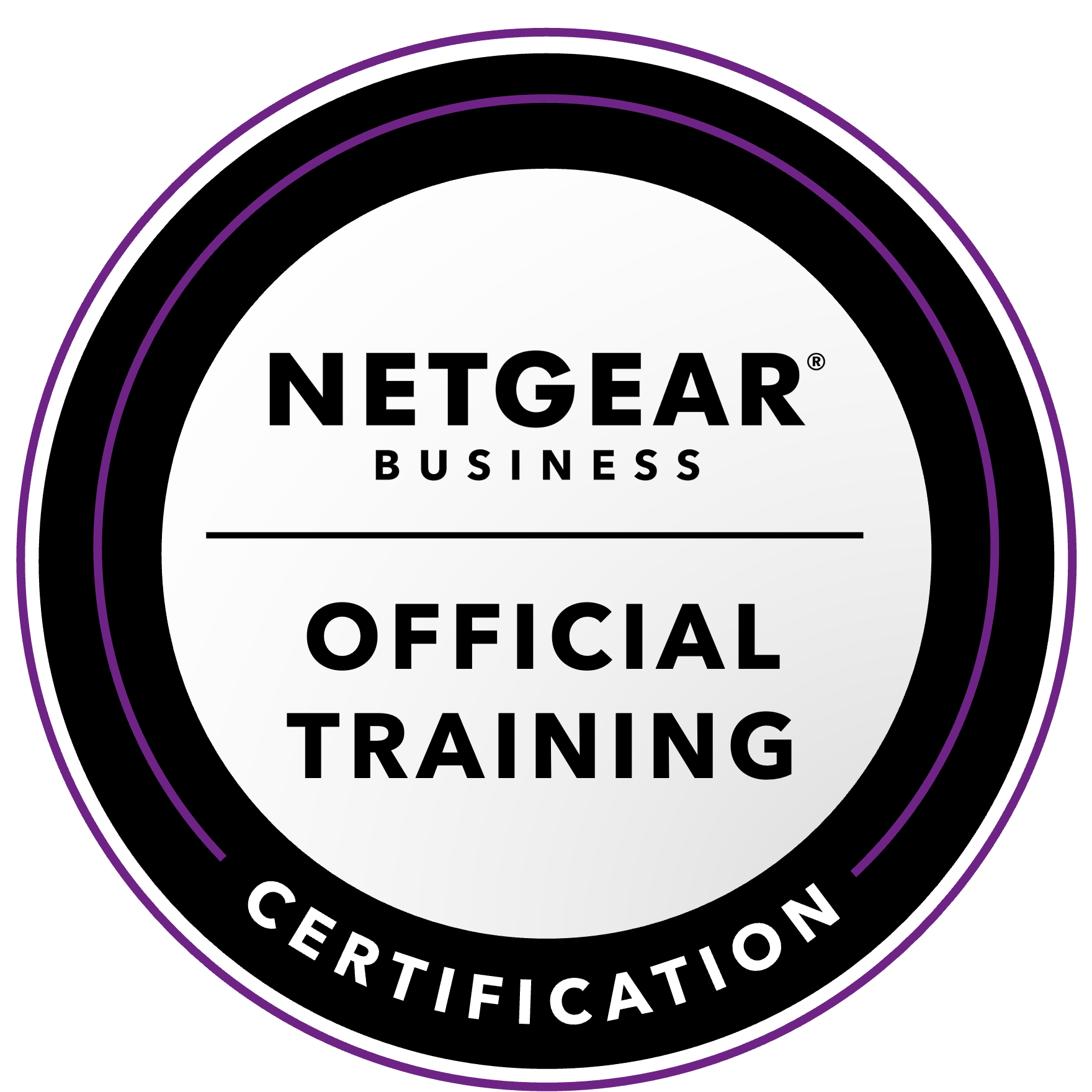NETGEAR is aware of a growing number of phone and online scams. To learn how to stay safe click here.
Forum Discussion
Sandshark
Jun 20, 2020Sensei
Mounting ReadyNAS drives in a virtual NAS for data access and recovery
So, having seen a few people struggle to access files from a broken ReadyNAS, I thought I'd give another method a try, and I have done so successfully for OS6.x (Intel version) and legacy RAIDiator 4.2.x. This method uses VirtualBox and the ReadyNAS virtual machines that are available. I'm assuming a Windows host here, but this should also help blaze a path for anyone doing so with a Mac or Linux host computer.
For a broken legacy system, you'll probably just be doing this to get your files onto a new NAS. For an OS6 one, you might want to do this while you wait for a replacement NAS, then put the drives into that new one. I have confirmed that both cases allow you to put the drives back into a real Intel based NAS. If you have no apps installed, you should also be able to do that with an OS6 ARM based NAS. I can't say what your apps will try to do if you have them on an OS6 ARM based system either in the initial move to VM or moving back.
This won't be the speediest NAS on the block, but it certainly works as a recovery method or temporary solution to keep using a "NAS" with your volume, assuming that volume is intact. This is not a method for recovering from a corrupted volume.
Here are the virtual machine sources:
RAIDiator 4.2.28: ReadyNAS-Storage-Apps-Current/RAIDiator-x86-4-2-28-VirtualBox-image-notsupported
ReadyNAS OS6.6.0: Setup-ReadyNAS-OS-on-VirtualBox
Now, these are not the latest OS versions. The OS6 VM is very simple to update. Just install per the instructions, making sure you've set up a network connection your PC can find (Bridged works best), then use RAIDar to find it, log in via the GUI, and do an update just like you would on a real NAS. Do this using the virtual drive before you install the drives from your real NAS, as I will talk about below.
It's a lot more of a chore for RAIDiator 4.2.28. I have instructions here:How-to-update-RAIDiator-4-2-28-Virtual-Machine-to-4-2-31, but you can probably just not bother, since the changes from 4.2.28 to 4.2.31 are so few. Note that the instructions for OS6 above regarding doing so using the original virtual drive and the admin GUI also apply here.
I'm not going to go into a step by step procedure, as there are a lot of variables depending on your host machine. This is more to let you know it is a viable method -- you won't be wasting your time by trying If you aren't familiar with VirtualBox, you may need to do a bit of Googling. Basically, though, you replace the virtual drive on which the VM places it's volume with rawdisk files that point to real ones mounted on the PC via internal SATA, eSATA, or USB to SATA adapters. Just use Disk Management to find the drive number and issue a command in the form
VBoxManage internalcommands createrawvmdk -filename "C:\Path\To\VM\NASDisk2.vmdk" -rawdisk \\.\PHYSICALDRIVE#
You should be able to find all the details you need by Googling VirtualBox Windows host raw disk. Note that the smaller of the virtual drives is the equivalent of the NAS flash, so you have to leave that one attached.
I have done this for two drives, but it appears it should work for at least 5. One of the configurations I tried was a single drive of a 2-drive RAID1, and that also worked just fine. I see no reason any degraded RAID (one with missing drives that are for redundancy) could not be mounted just as in a real NAS.
On the 4.2.x VM, I did get a warnings about fan speed being zero and drive spin-up error counts, but it let me keep going. In this configuration, you have no access to SMART data, either, so it's not good for long term. But it's an option to get you back in some form if your NAS suddenly dies.
1 Reply
Replies have been turned off for this discussion
- SandsharkSensei
OK, so something changed with how ReadyNASOS handles a virtual machine since I last tested it's limits, and for the better for those needing to recover data this way. Although you can only view 6 of them in the GUI, you can use at least up to 12 drives. I only tested 12, as that will handle drives from any rack-mount unit or one 6-bay and an EDU500.
Yes, if you have a 316 or 516 and an EDU500, you can attach all drives, or images thereof, from both to the VM and all will be recognized (just as you can put them all in a real 12-bay rack-mount unit). If the main NAS but not the EDA failed and you have an eSATA interface on your PC, you ought to actually be able to use the EDA500 itself to hold those drives, though I have not done so and don't know what physical drive numbers they'll be assigned.
A couple things I didn't mention above:
The fact that you can't use the VirtualBox console with the OS4.2.31 version isn't a limitation of the VM, it's how RAIDiator works. Even on a real NAS (like my RN4200V2, which has a VGA port, before I converted to OS6), it never activates the console. It may be possible to go in via SSH and change this for future boots, but I've not really tried to figure out how.
It also used to be that you could not log in via the console unless SSH had already been enabled. That's also no longer the case.
Related Content
NETGEAR Academy

Boost your skills with the Netgear Academy - Get trained, certified and stay ahead with the latest Netgear technology!
Join Us!
